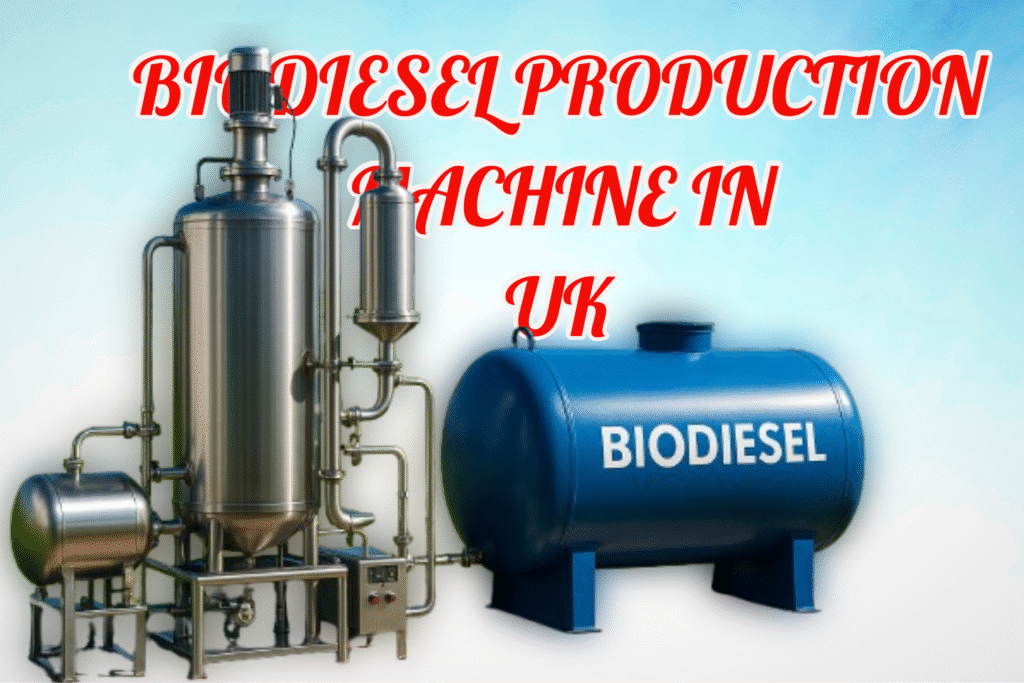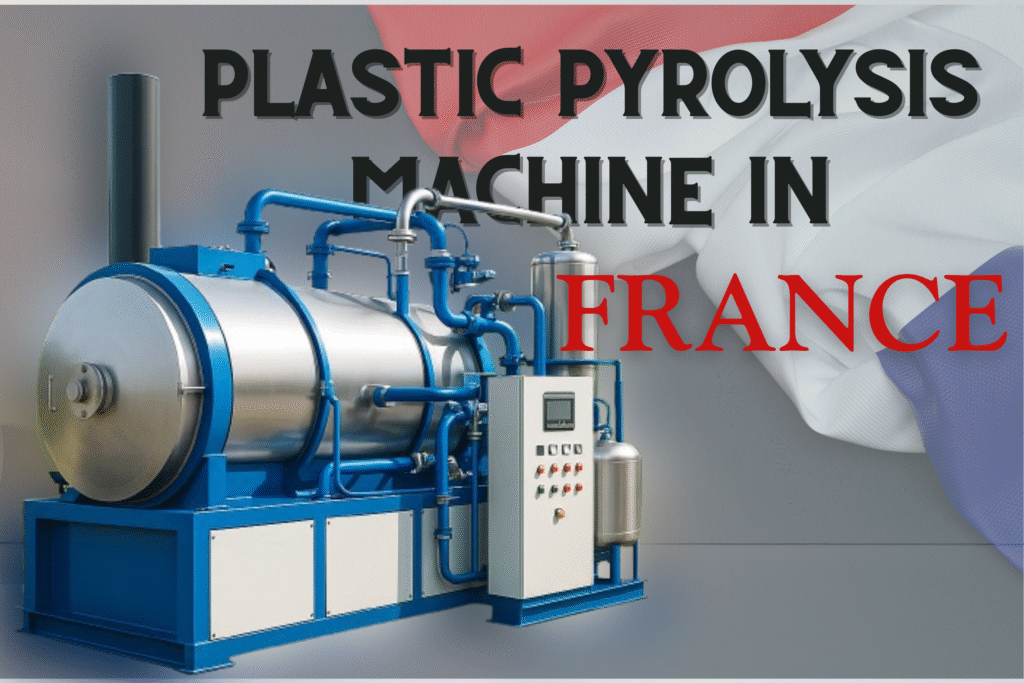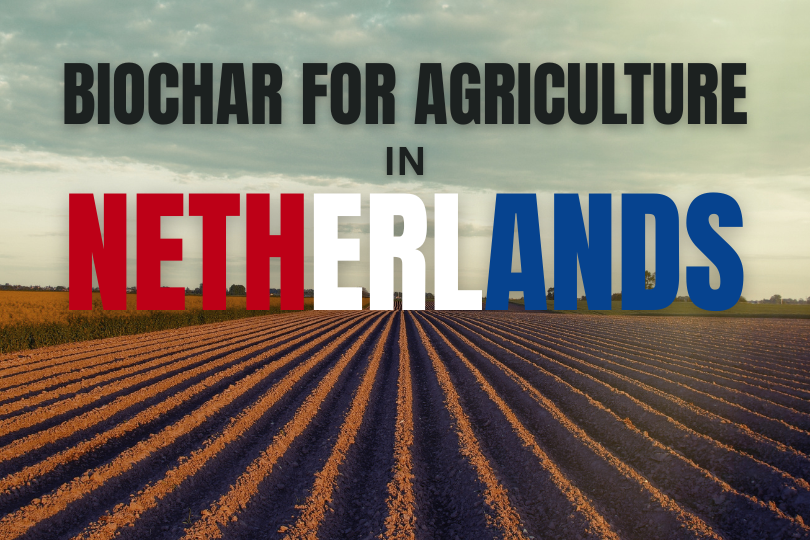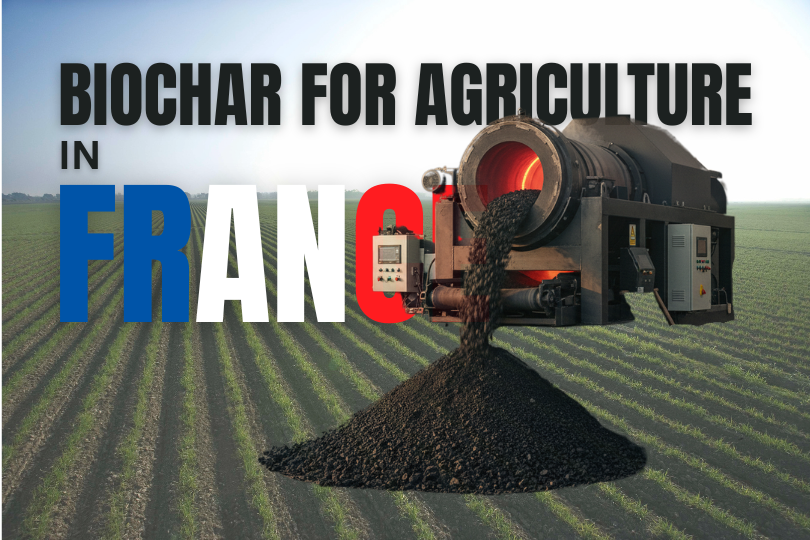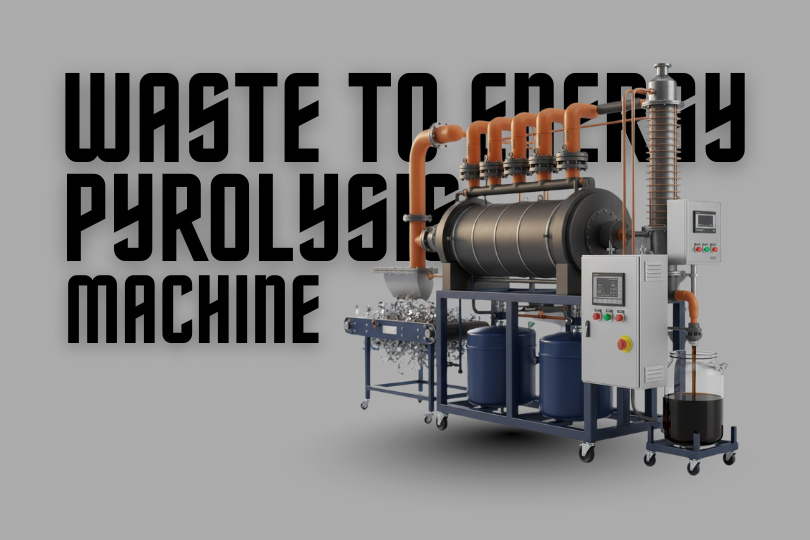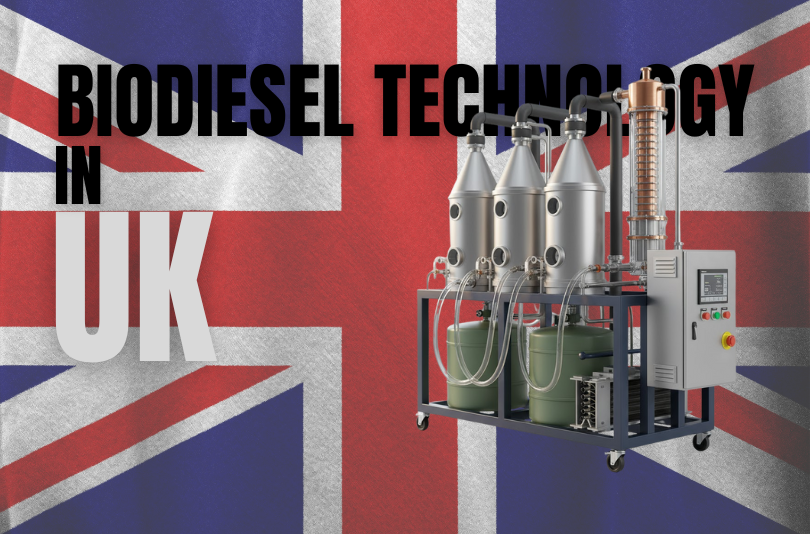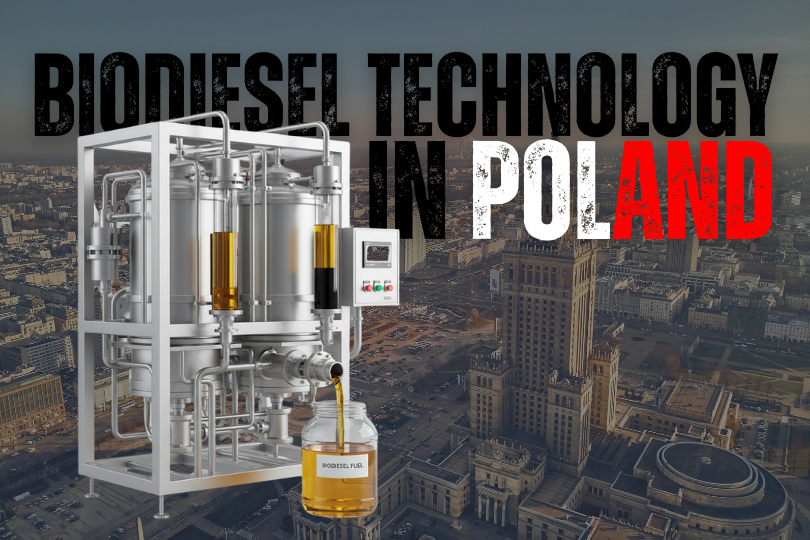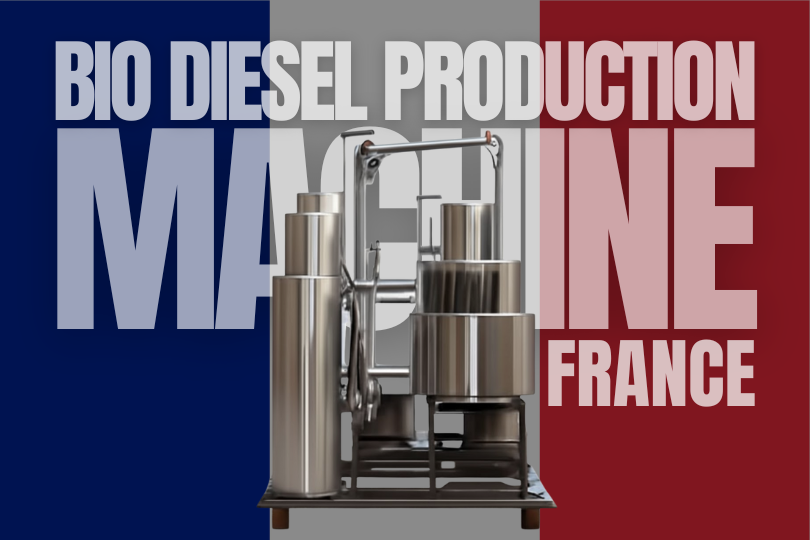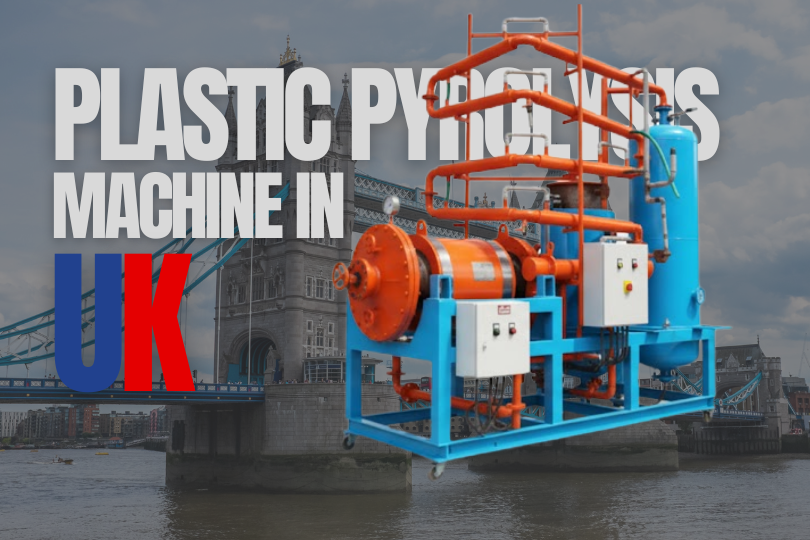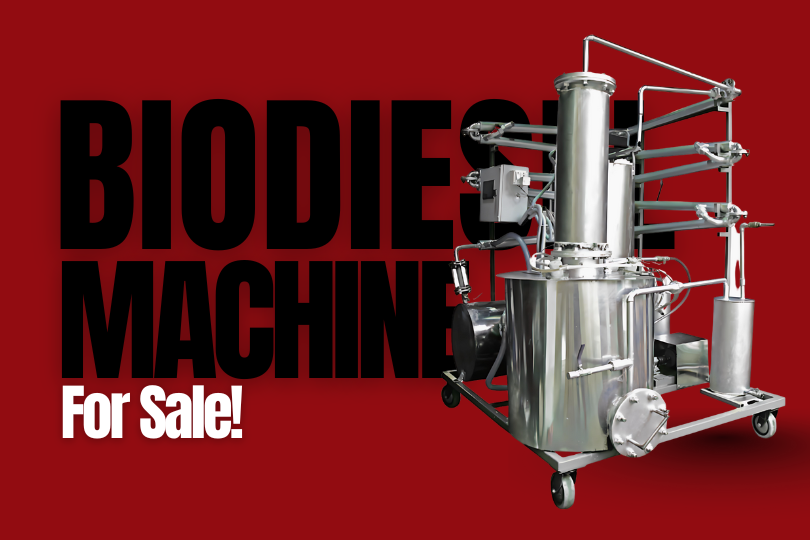Biodiesel Production Machine in UK – Transforming Waste Oils into Green Fuel for a Sustainable Future
Introduction Turning Waste Oils into Clean Energy in the UK Imagine converting used cooking oil, vegetable oil, or industrial waste fats into eco-friendly fuel right in your facility. That’s exactly what a Biodiesel Production Machine in UK can do — turning waste into profit while cutting carbon emissions and fuel costs. At a time when energy independence, climate goals, and sustainability are critical, installing a biodiesel production machine in UK helps businesses, farmers, and industries take control of their fuel supply while contributing to a greener nation. This blog will guide you through everything you need to know — from how these machines work to why they’re the future of sustainable energy in the UK. What Is a Biodiesel Production Machine in the UK? A Biodiesel Production Machine in UK is a system that converts waste oils and fats into usable biodiesel fuel. The process involves chemical conversion beyond (called transesterification), purification, and quality testing to meet UK and EU fuel standards. When you install such a machine, you’re not only creating fuel — you’re driving circular economy growth, reducing waste, and supporting the UK’s low-carbon goals. Why the UK Market Is Ready for Biodiesel Production Machines 1. Strong Regulatory Support The UK government promotes renewable energy and circular economy solutions.Businesses producing more than 2,500 litres of biodiesel per year must register with HMRC, ensuring proper compliance and incentives. 2. Abundant Waste Feedstock From restaurants to industries, the UK generates massive amounts of used cooking oil and organic waste. Instead of disposal, this waste can fuel a Biodiesel Production Machine in UK, creating value locally. 3. Cost and Carbon Savings Using in-house biodiesel can reduce operational fuel costs while cutting greenhouse gas emissions — a win-win for sustainability and finance. How a Biodiesel Production Machine in UK Works – Step-by-Step Step 1: Feedstock Collection & Preparation Collect and filter waste oils to remove impurities before processing. Step 2: Chemical Conversion Oils are mixed with methanol and a catalyst in the reactor to produce biodiesel and glycerin as a by-product. Step 3: Washing & Purification The biodiesel is washed, separated, and purified to meet EN 14214 standards for use in vehicles or machinery. Step 4: Quality Testing & Storage Final product is tested for quality and safely stored in tanks for blending or direct use. Step 5: Compliance & Monitoring Operators maintain records and follow UK environmental and tax regulations to ensure safe, legal production. Top 10 Benefits of Installing a Biodiesel Production Machine in UK Transforms Waste into Fuel – Turns cooking oil or waste fats into usable biodiesel. Lowers Fuel Costs – Save money by producing fuel locally. Reduces Carbon Emissions – Helps meet UK net-zero targets. Boosts Sustainability Image – Strengthens your company’s eco-brand. Creates Local Jobs – Supports green employment opportunities. Supports Circular Economy – Keeps value and resources within the UK. Regulatory Compliance – Aligns with UK renewable fuel and waste rules. Feedstock Flexibility – Works with multiple input types. Scalability – Can grow with your production needs. Energy Security – Reduces dependency on imported fossil fuels. Challenges and How to Overcome Them Challenge Smart Solution High Initial Investment Start with small modular systems & apply for UK green grants Feedstock Quality Partner with reliable local oil collectors Regulatory Complexity Consult HMRC or EHS experts Technical Skills Get trained operators or vendor support Market Fluctuations Build direct buyer network for biodiesel output Best Practices for Installing and Operating a Biodiesel Production Machine in UK Choose the right capacity for your fuel needs. Ensure documentation for HMRC and environmental compliance. Maintain feedstock quality through reliable supply chains. Regularly test biodiesel quality and emissions. Keep safety and efficiency as top priorities. Publicize your sustainability success — it attracts customers and investors. UK Market Insight and Future Trends The UK produces over 500 million litres of biodiesel annually, mostly from waste oils — showing that renewable fuels are becoming a mainstream choice.With evolving technology and tighter sustainability regulations, installing a Biodiesel Production Machine in UK today positions your business ahead of future energy policies. Conclusion – Building a Greener Future with Biodiesel in the UK Investing in a Biodiesel Production Machine in UK isn’t just about fuel production — it’s about shaping the future of sustainable energy. From cost savings to carbon reduction, the benefits are clear and long-lasting. If you’re ready to make your business part of the UK’s clean energy movement, now’s the perfect time to act.Start small, stay compliant, and fuel your success with renewable biodiesel innovation.

